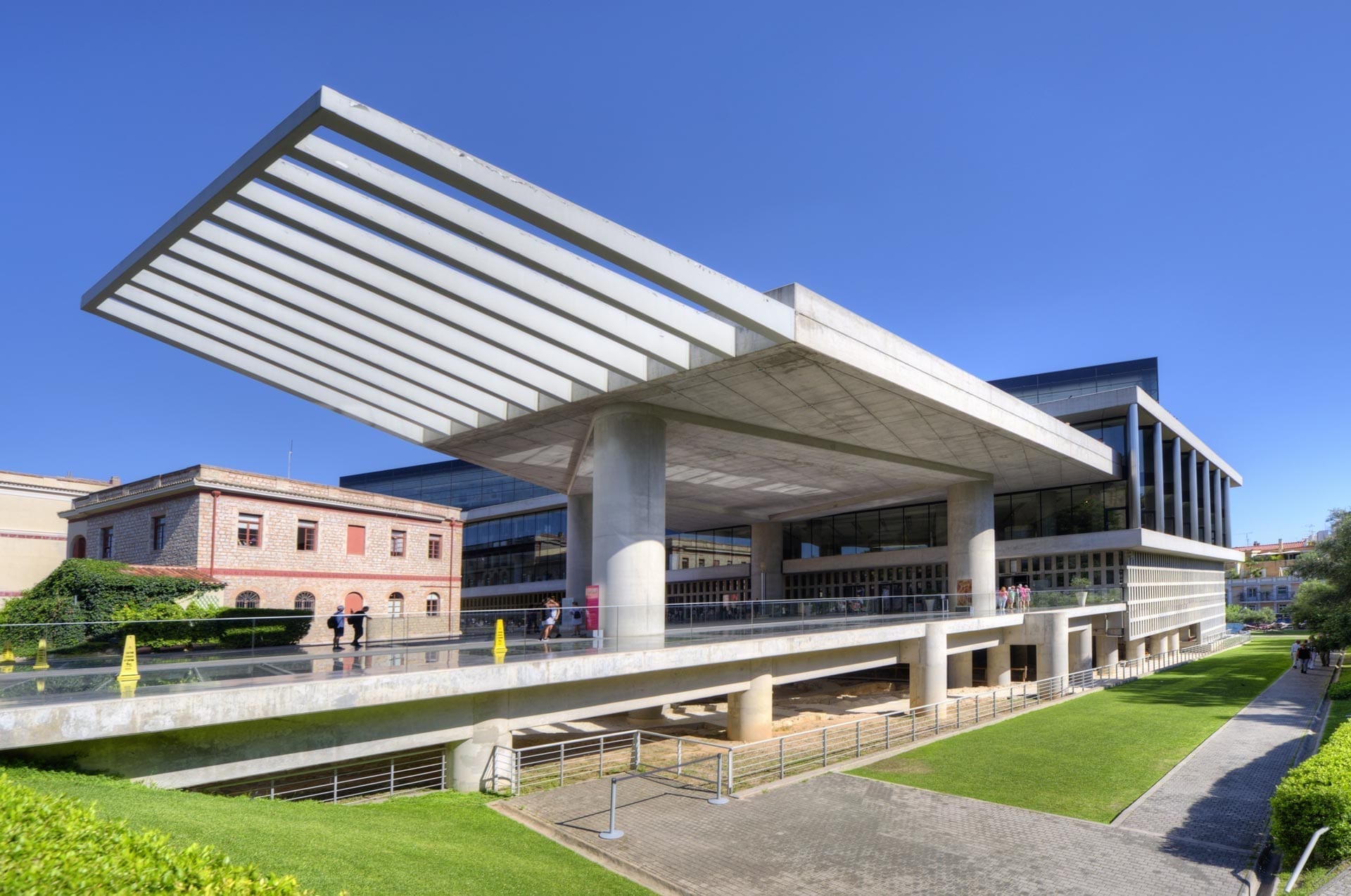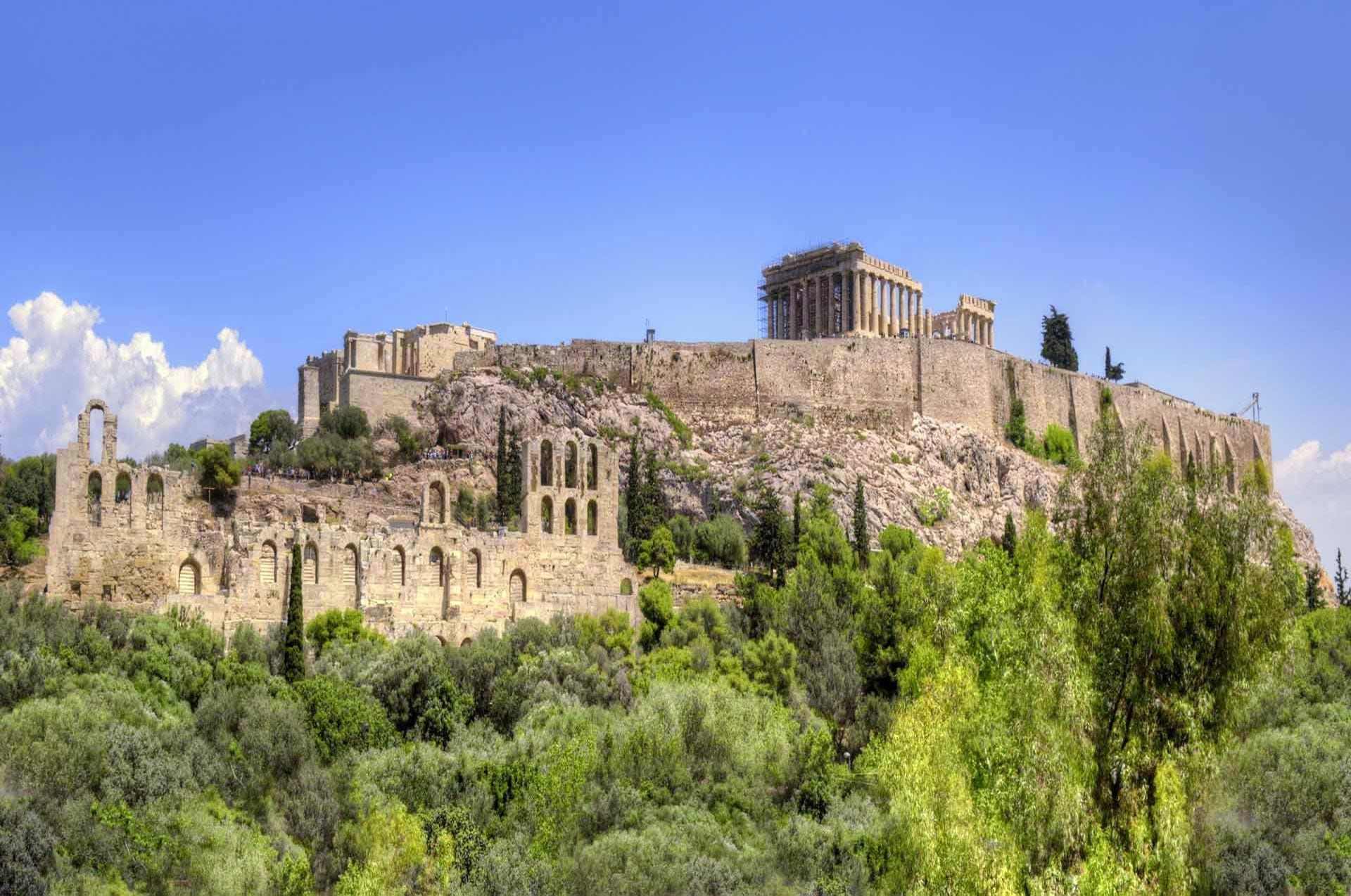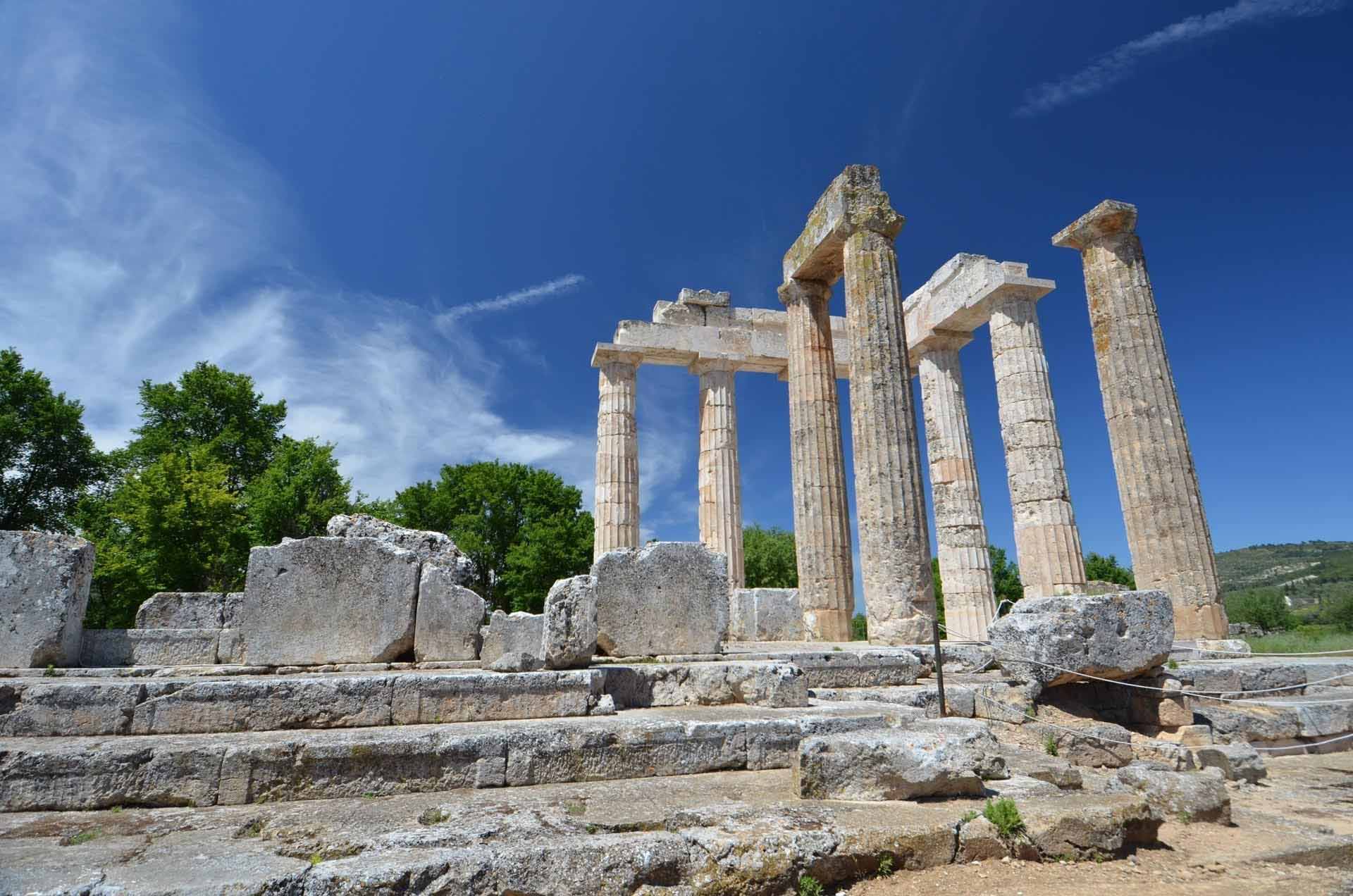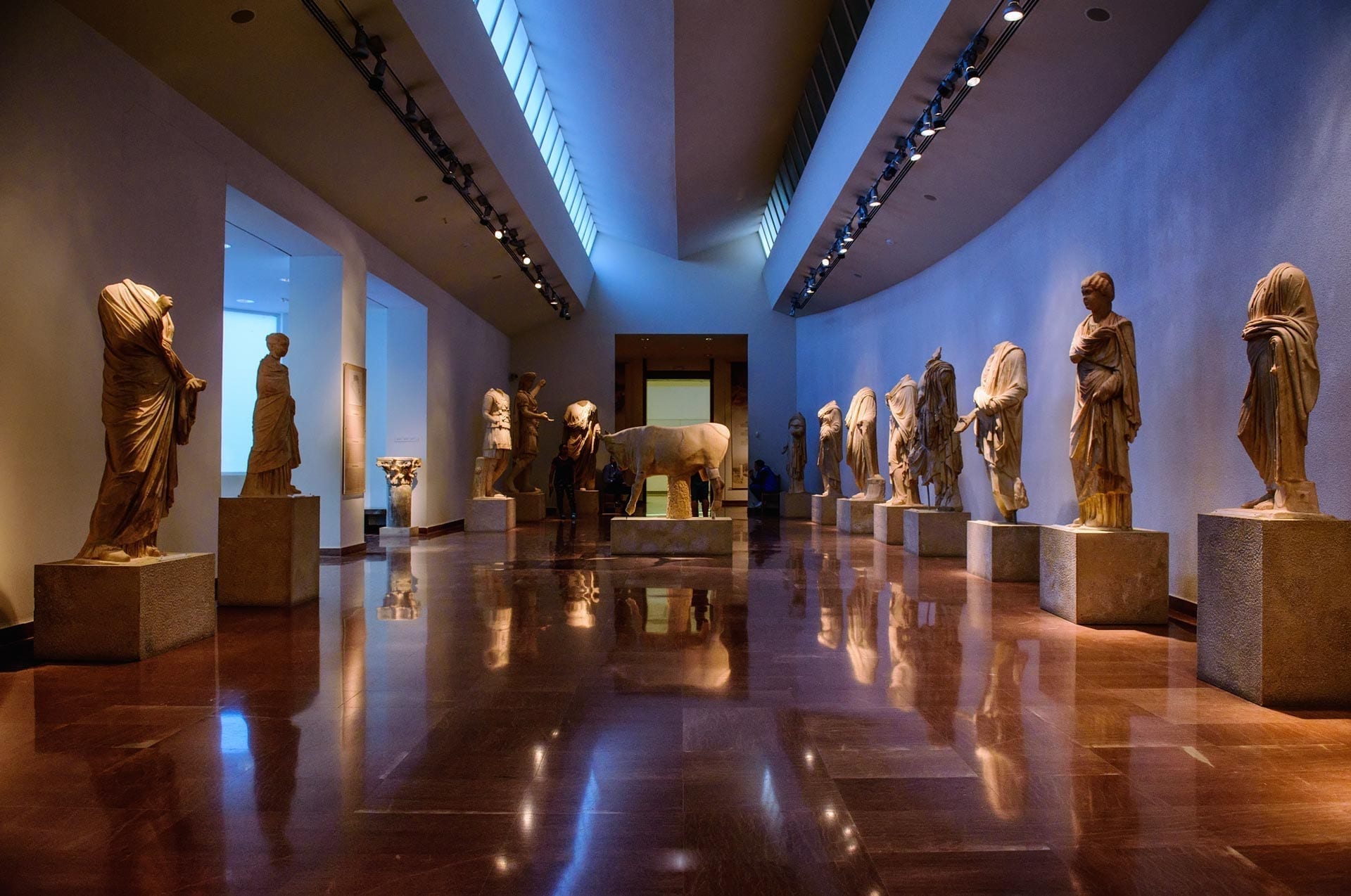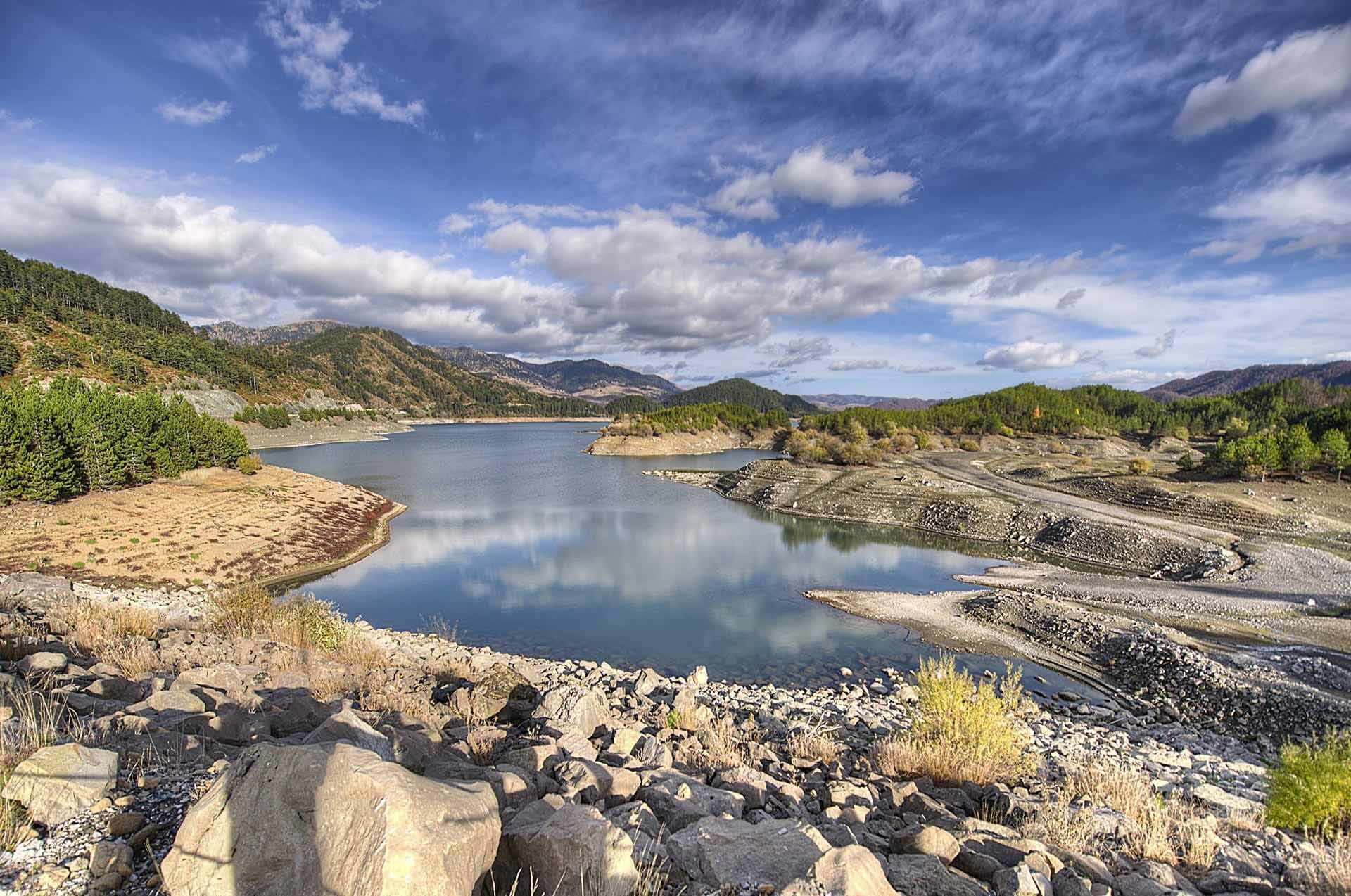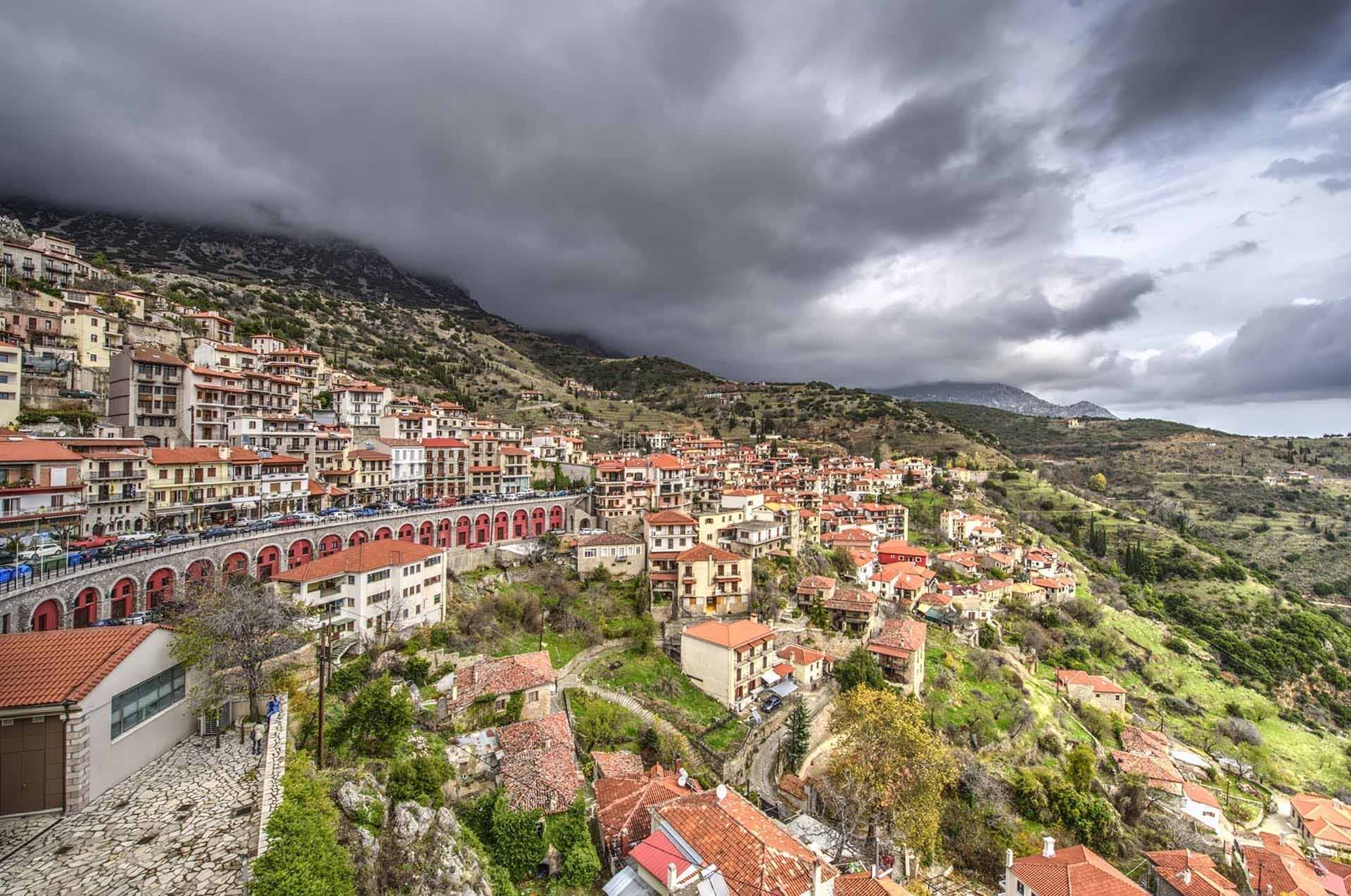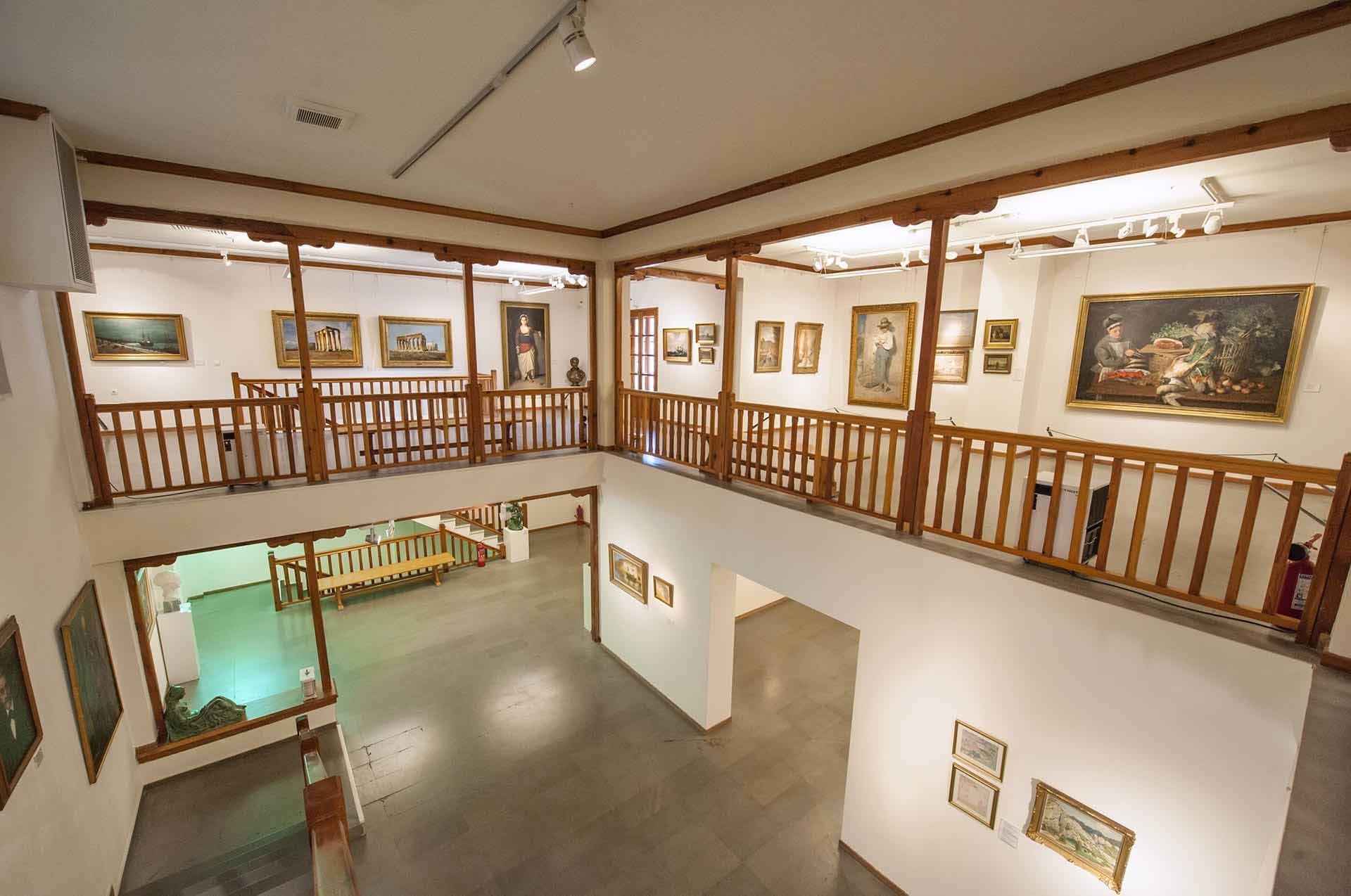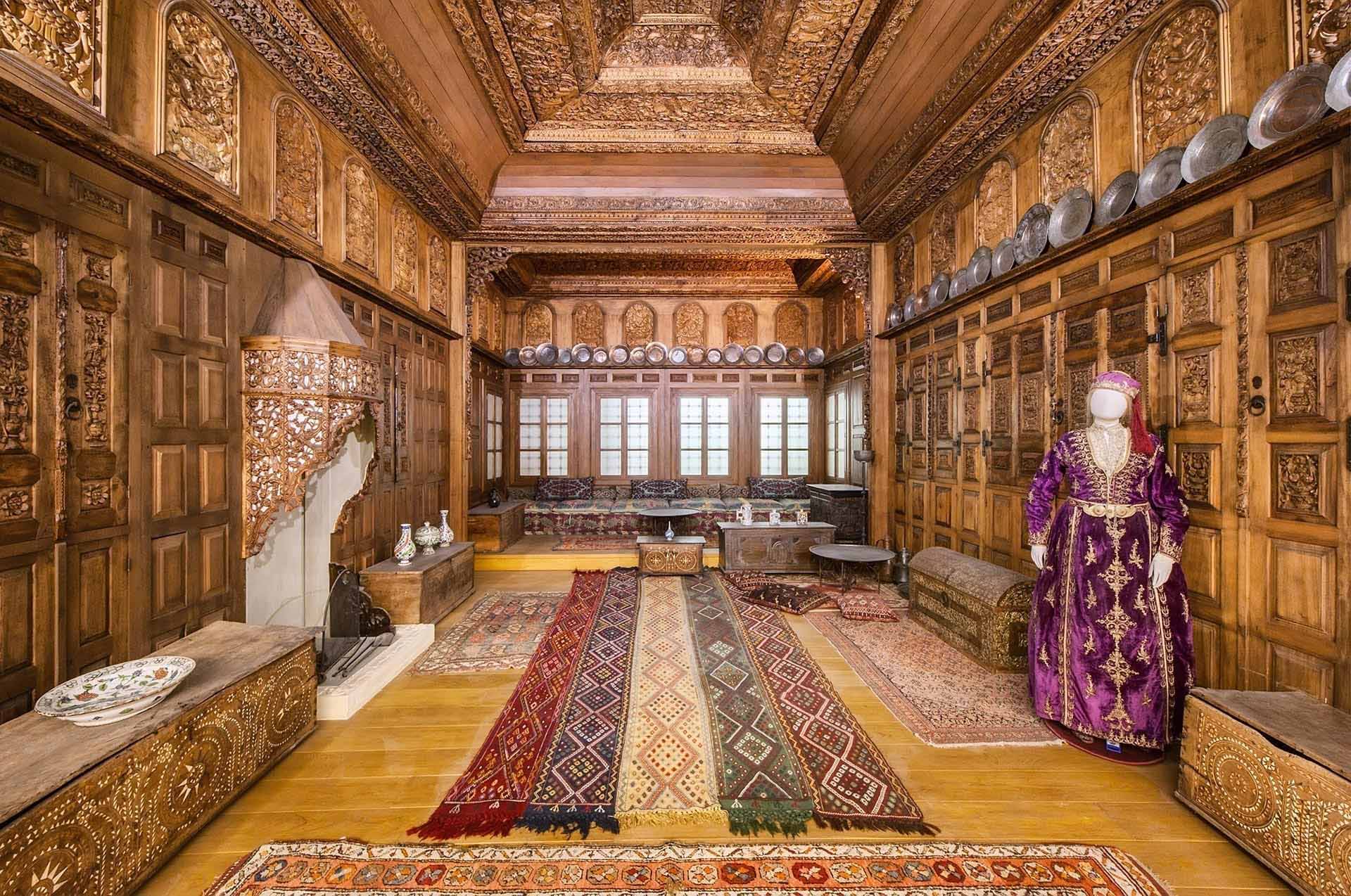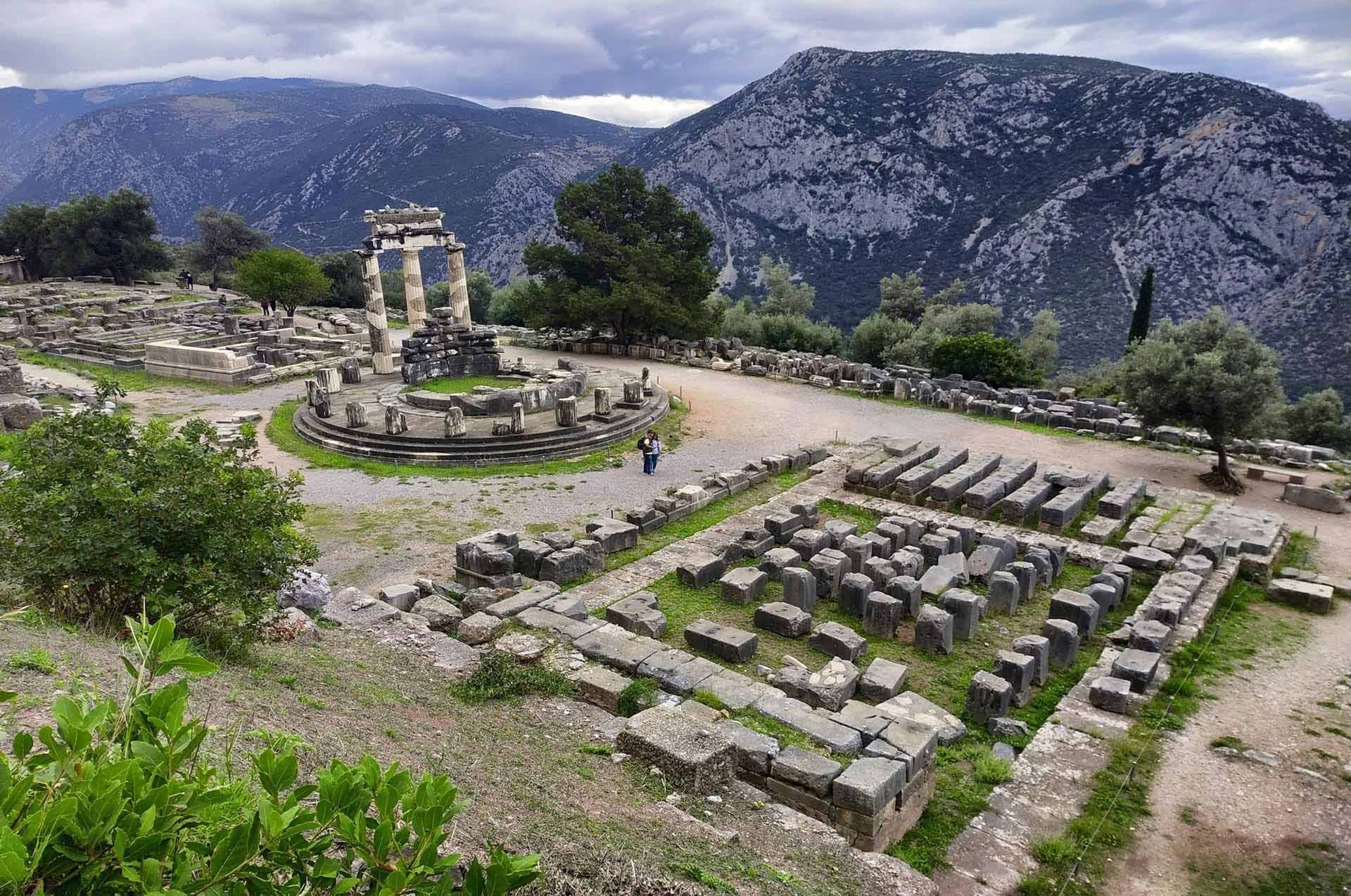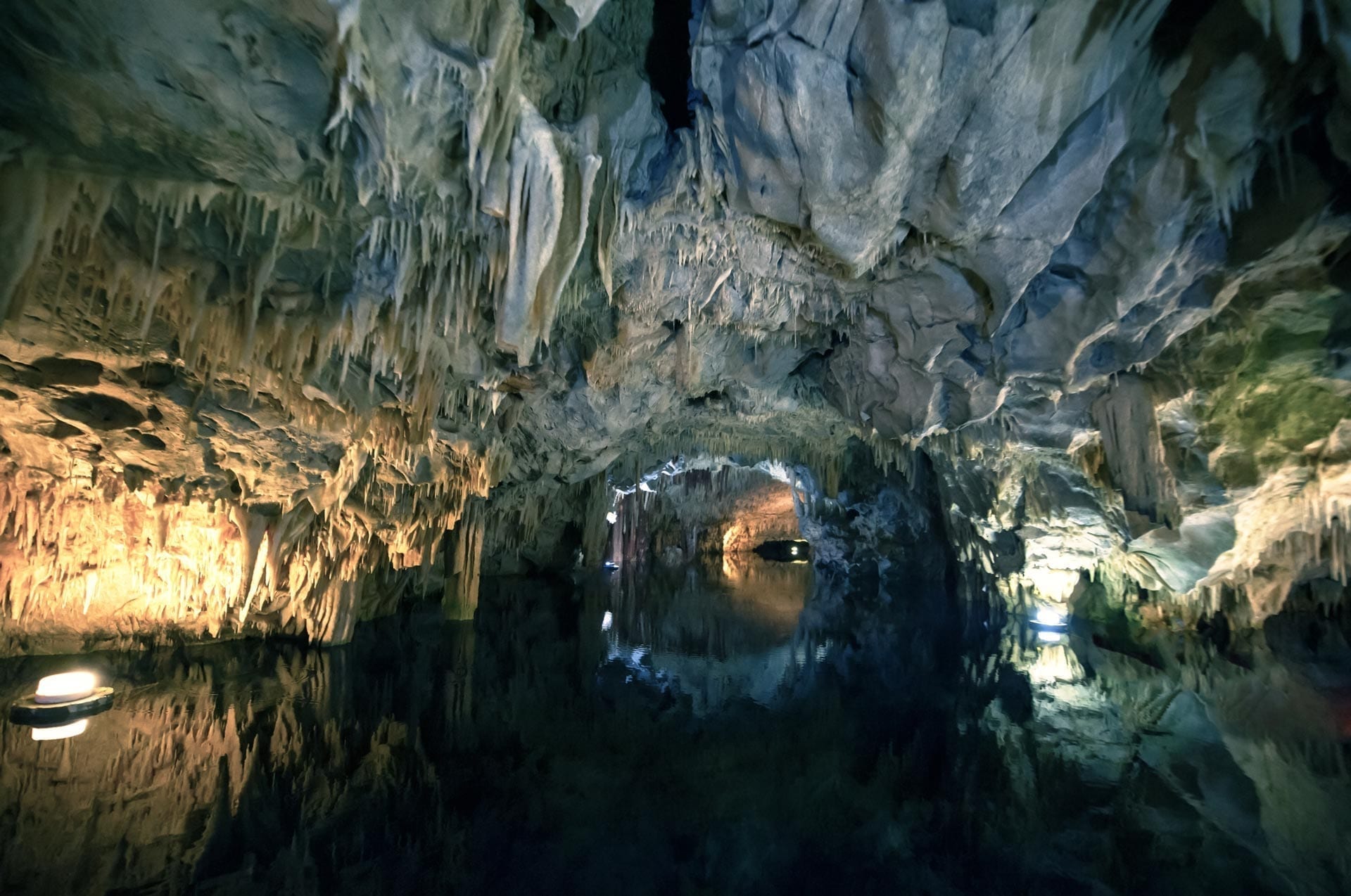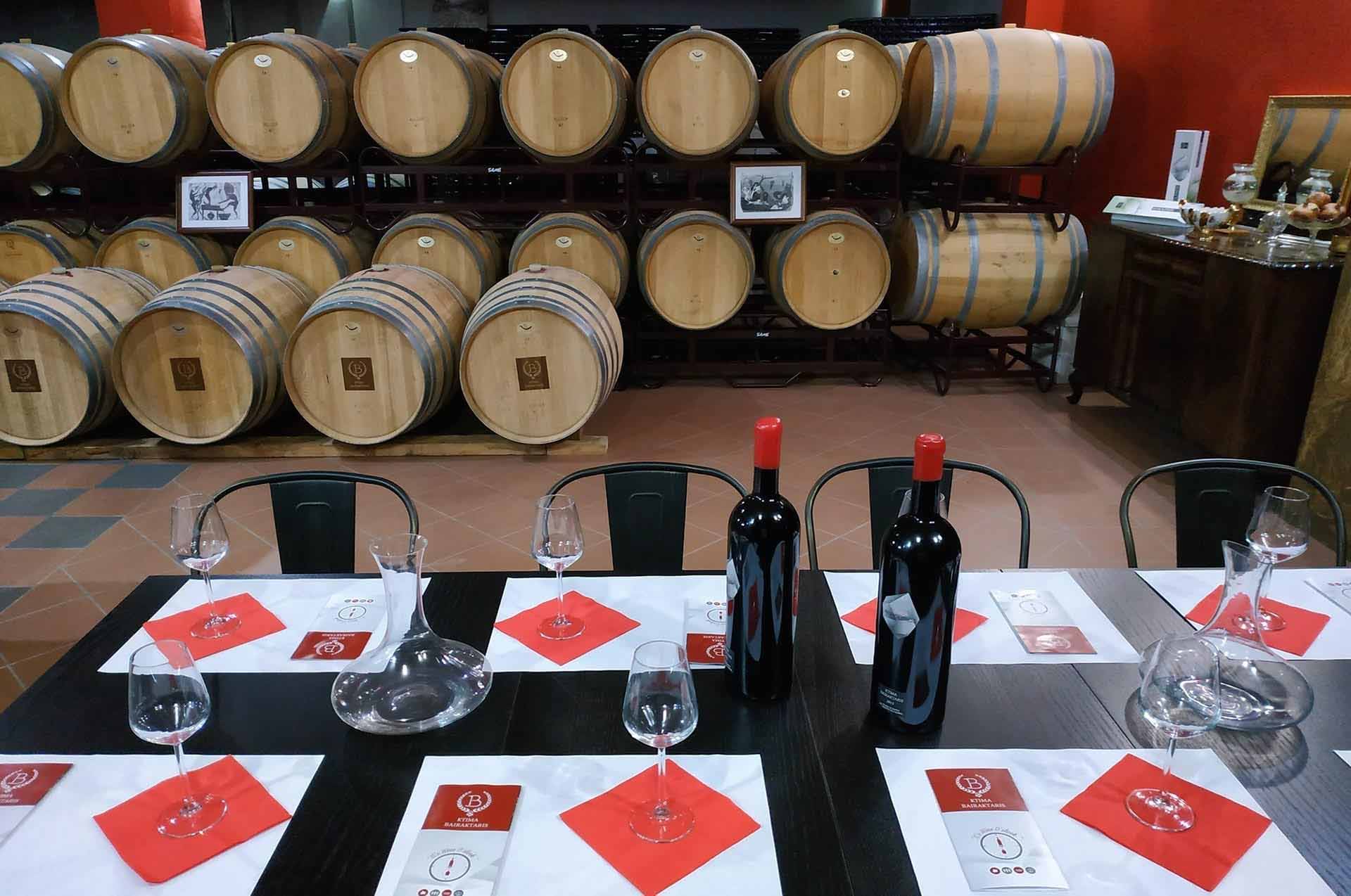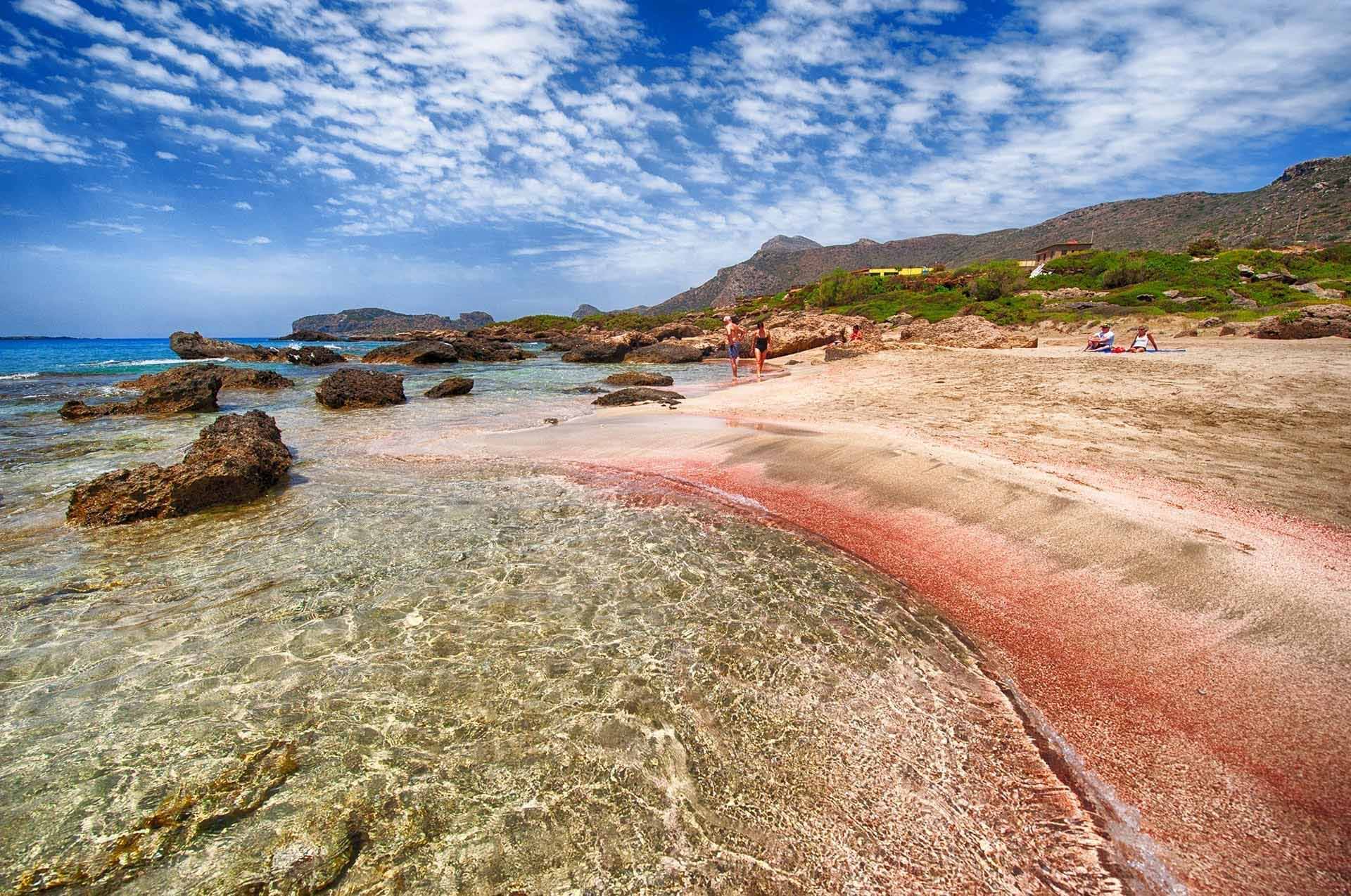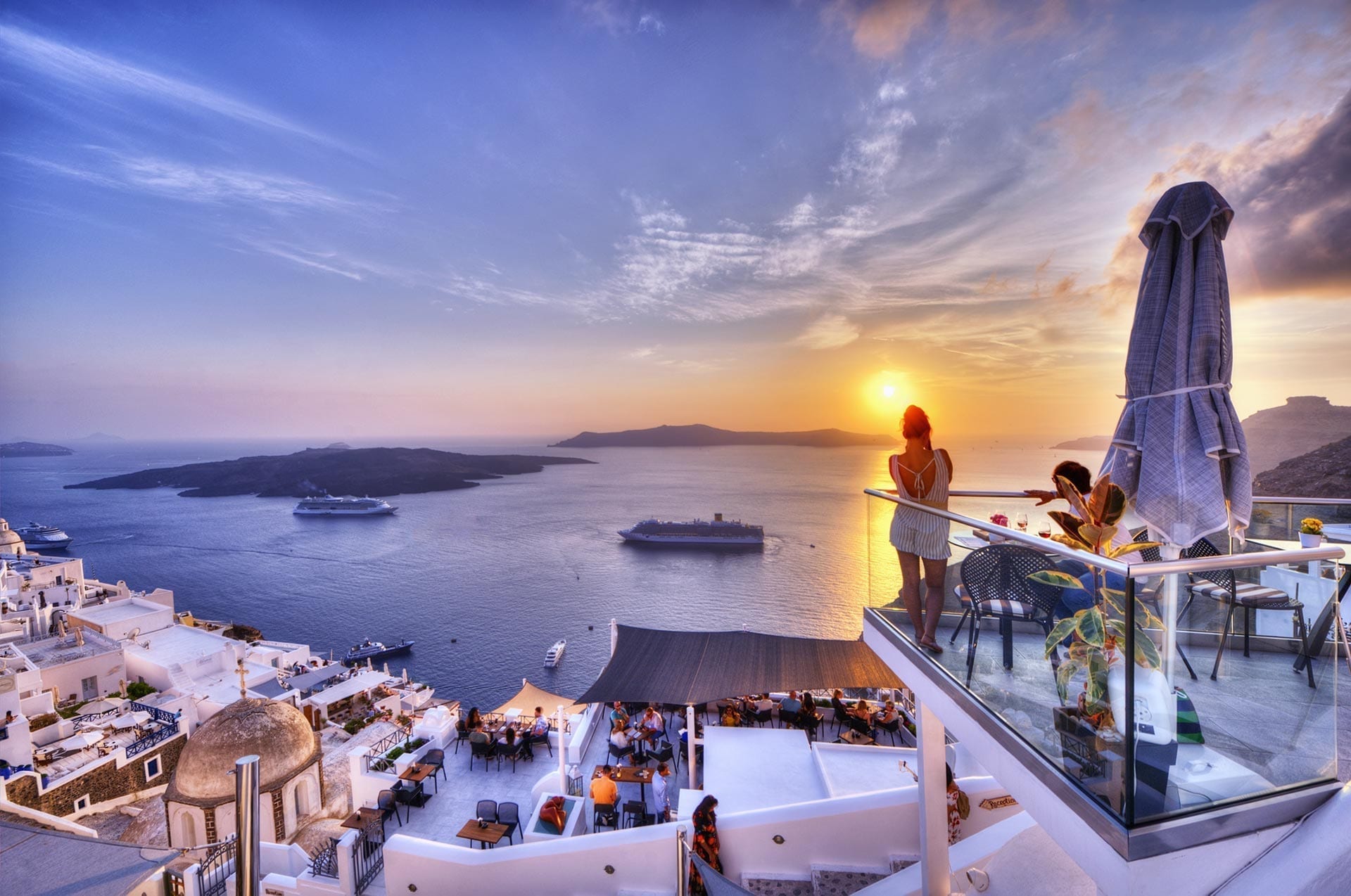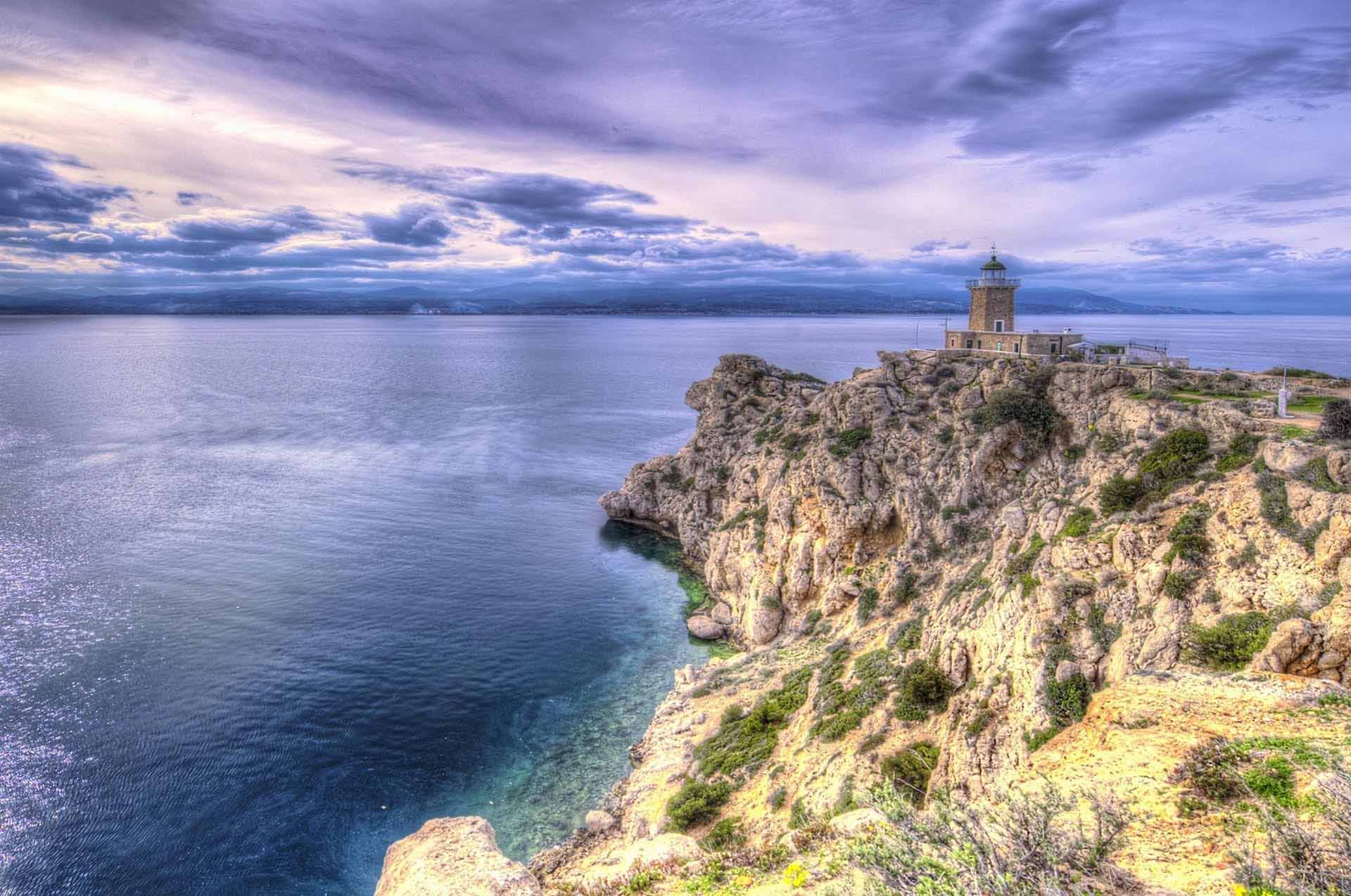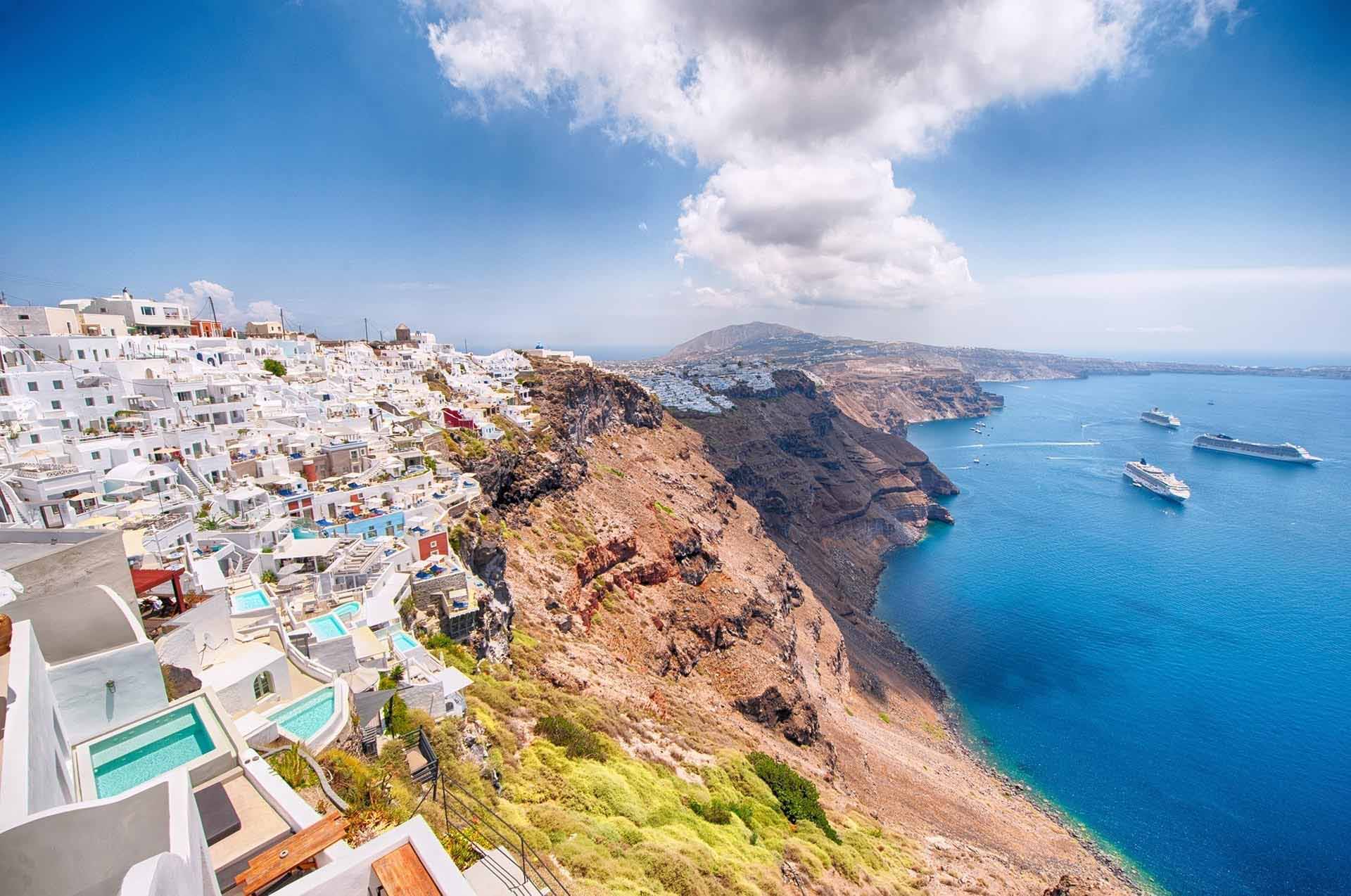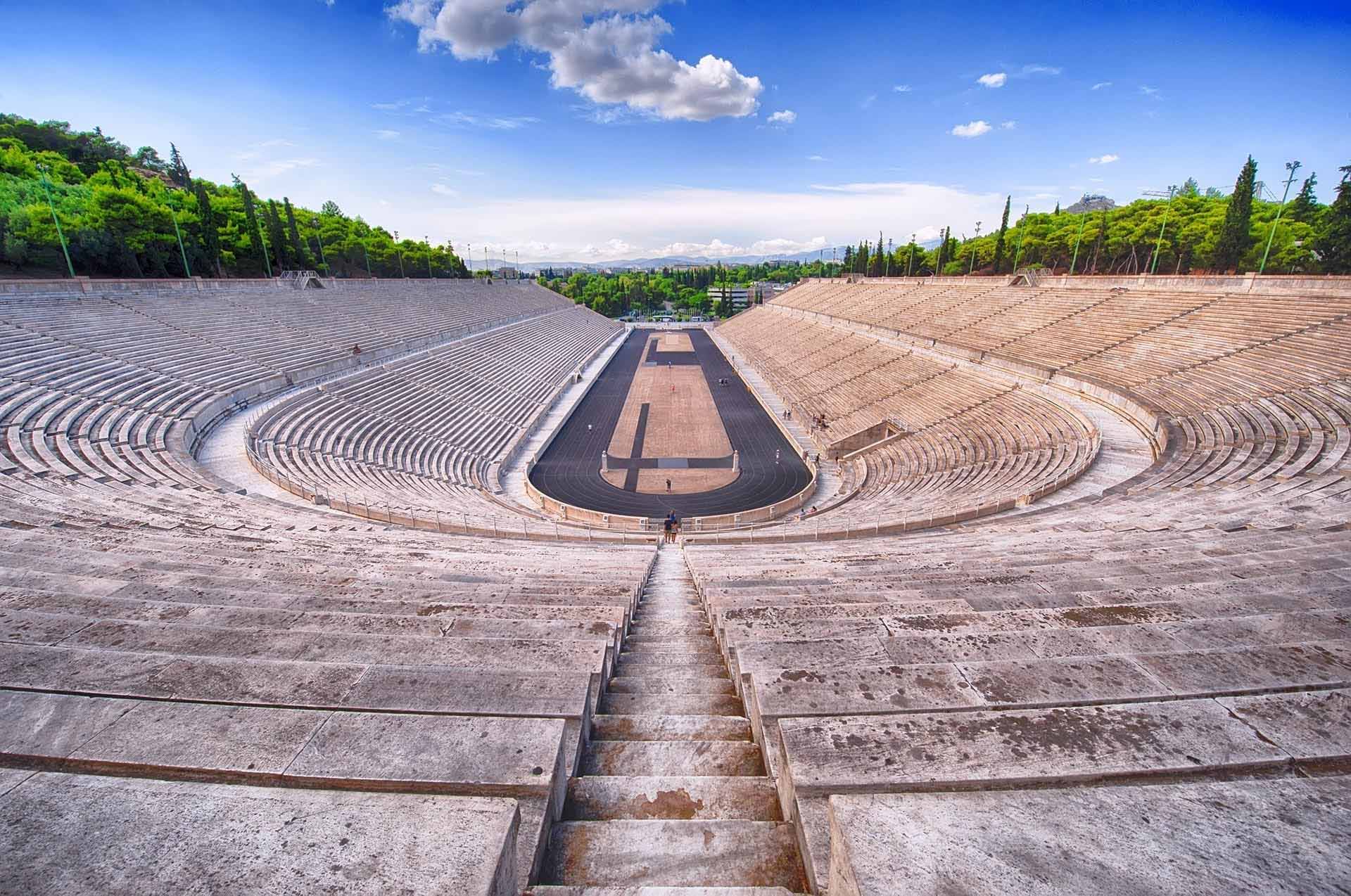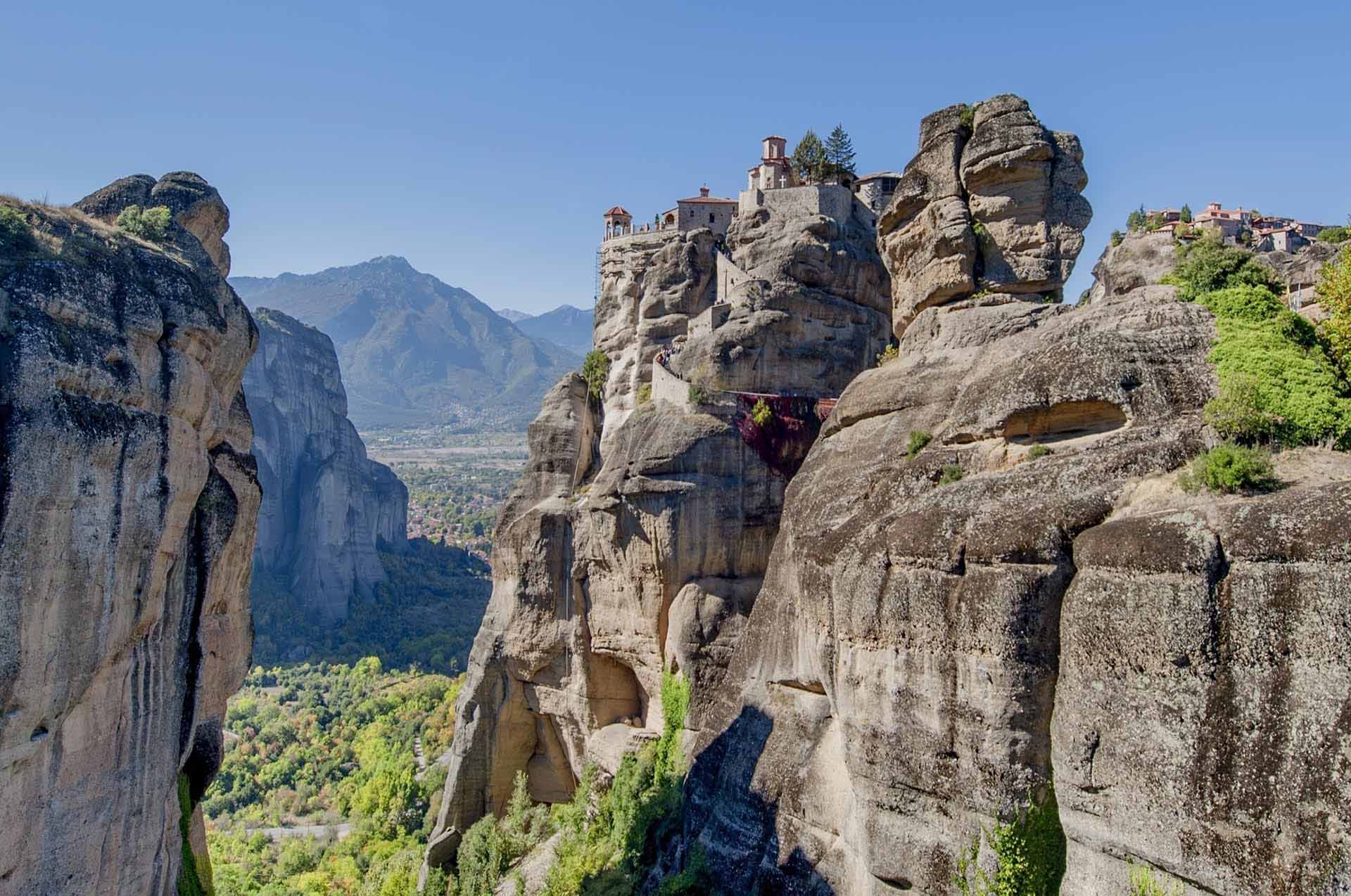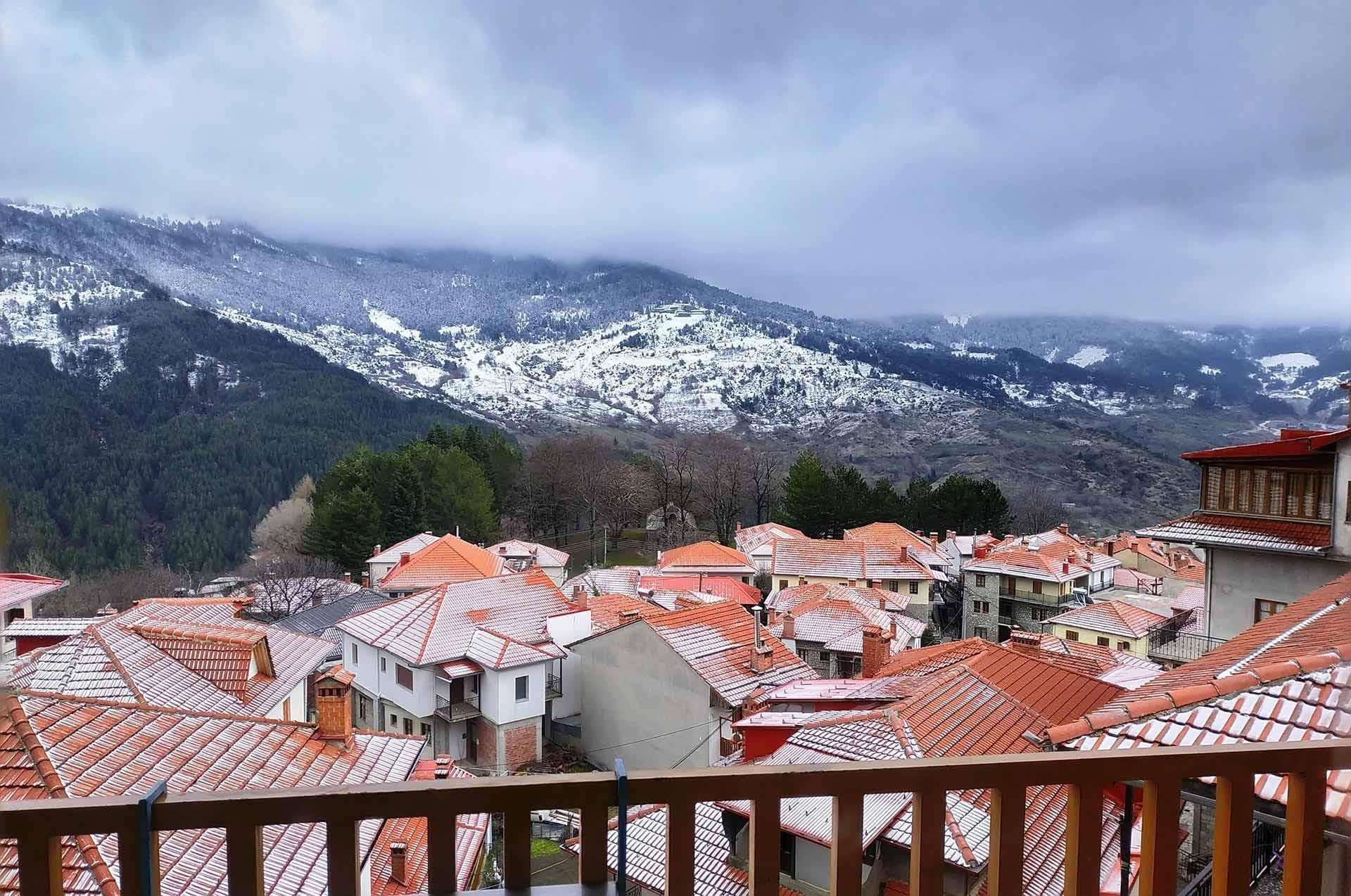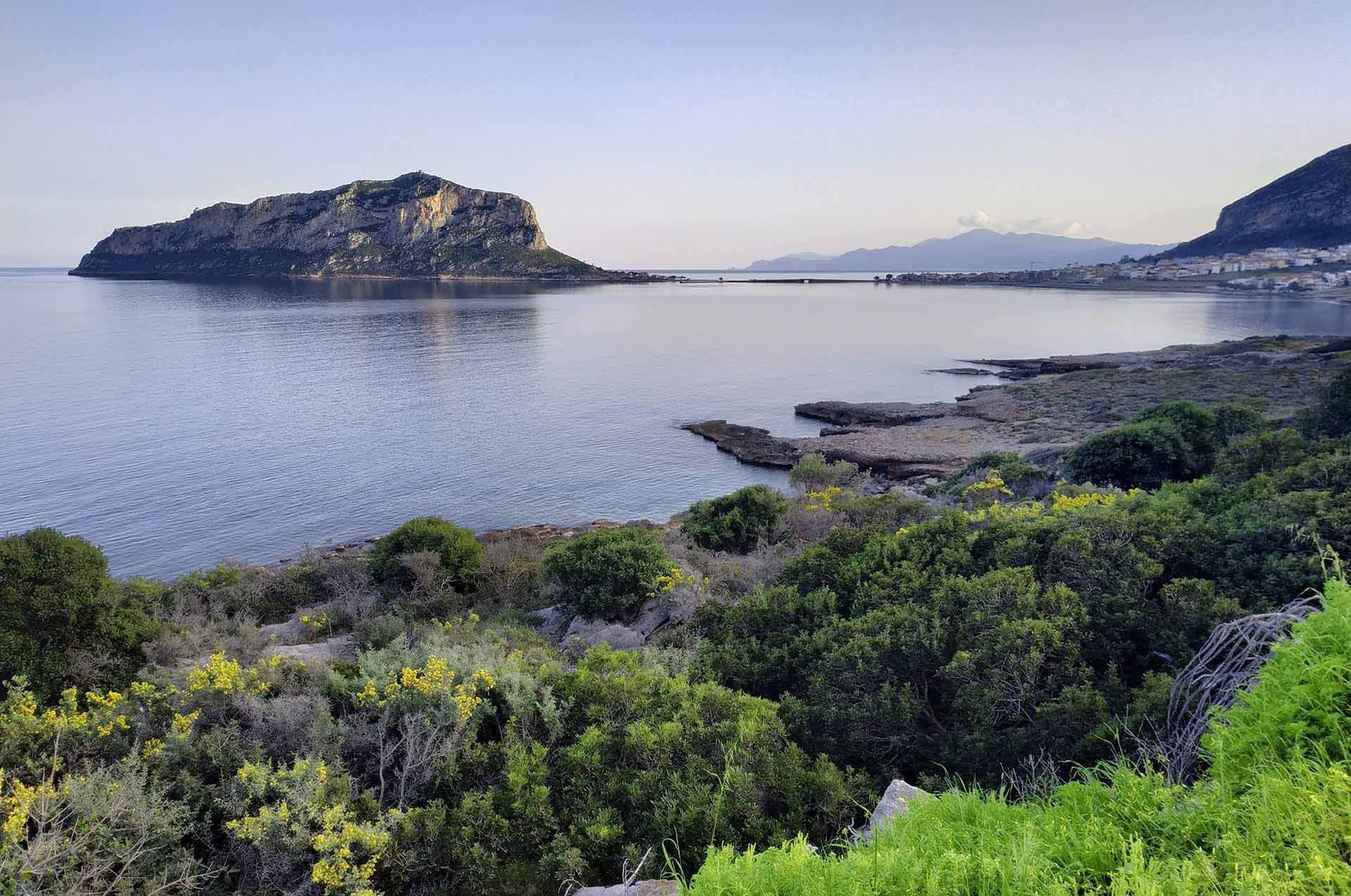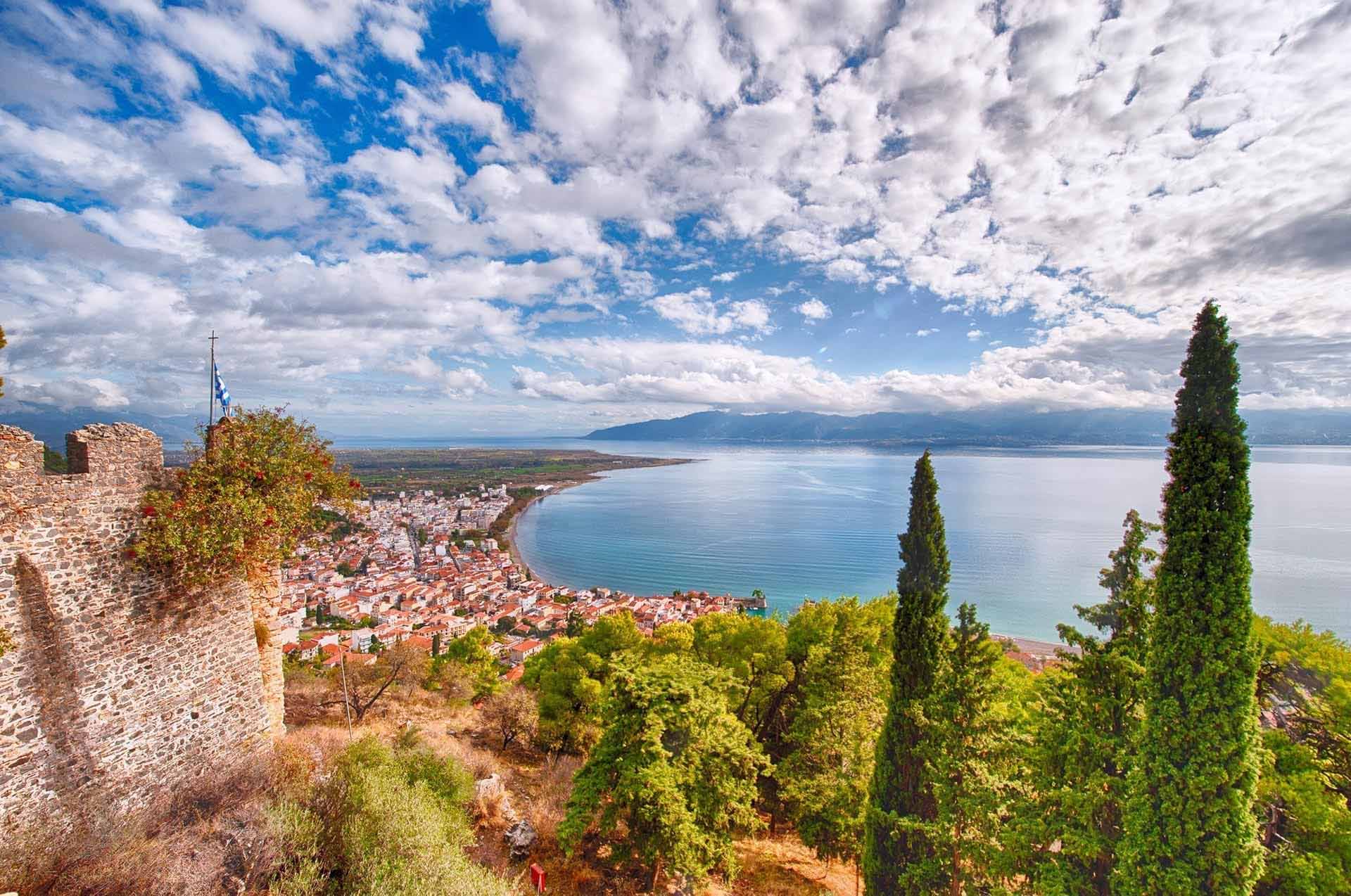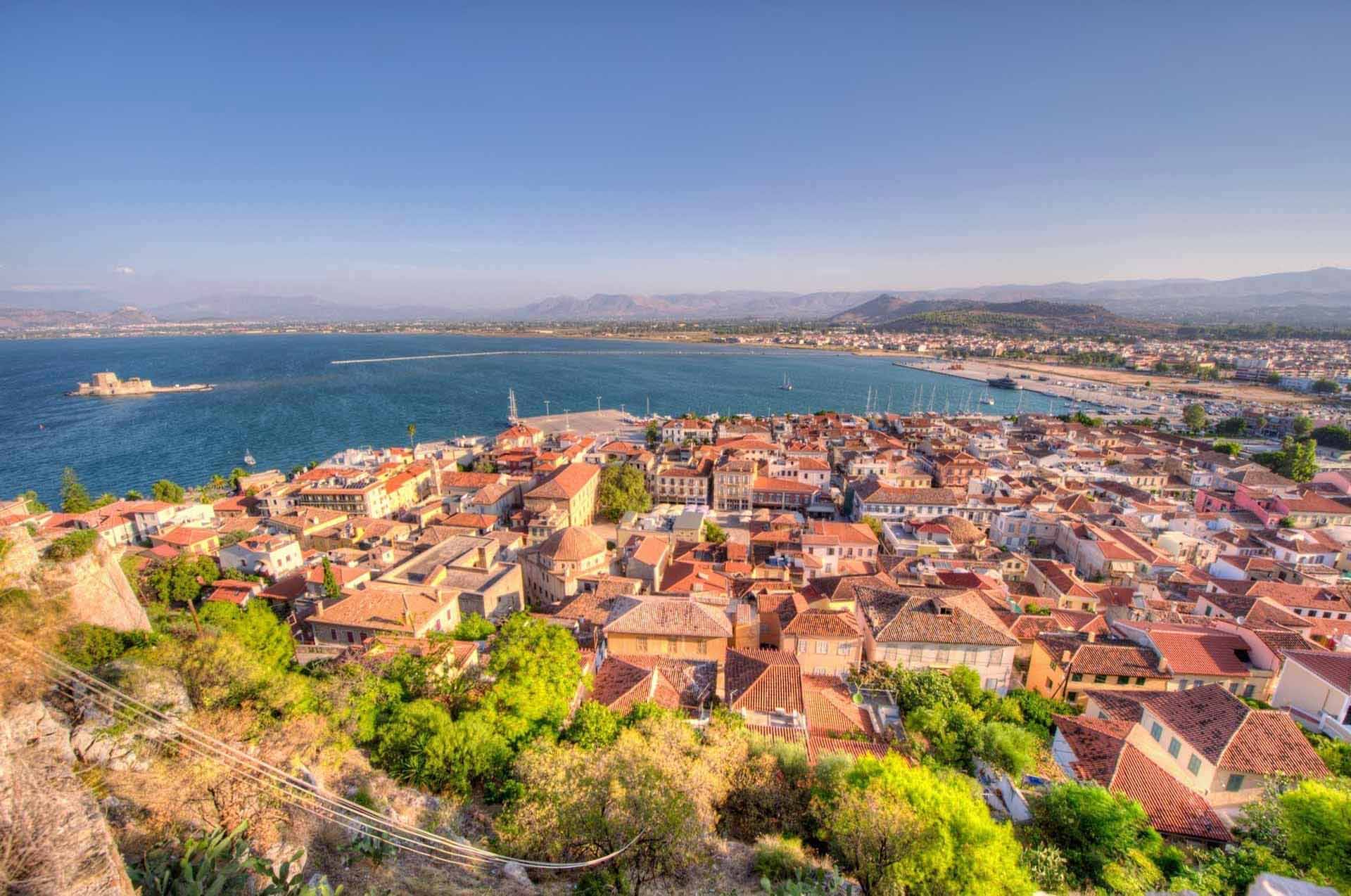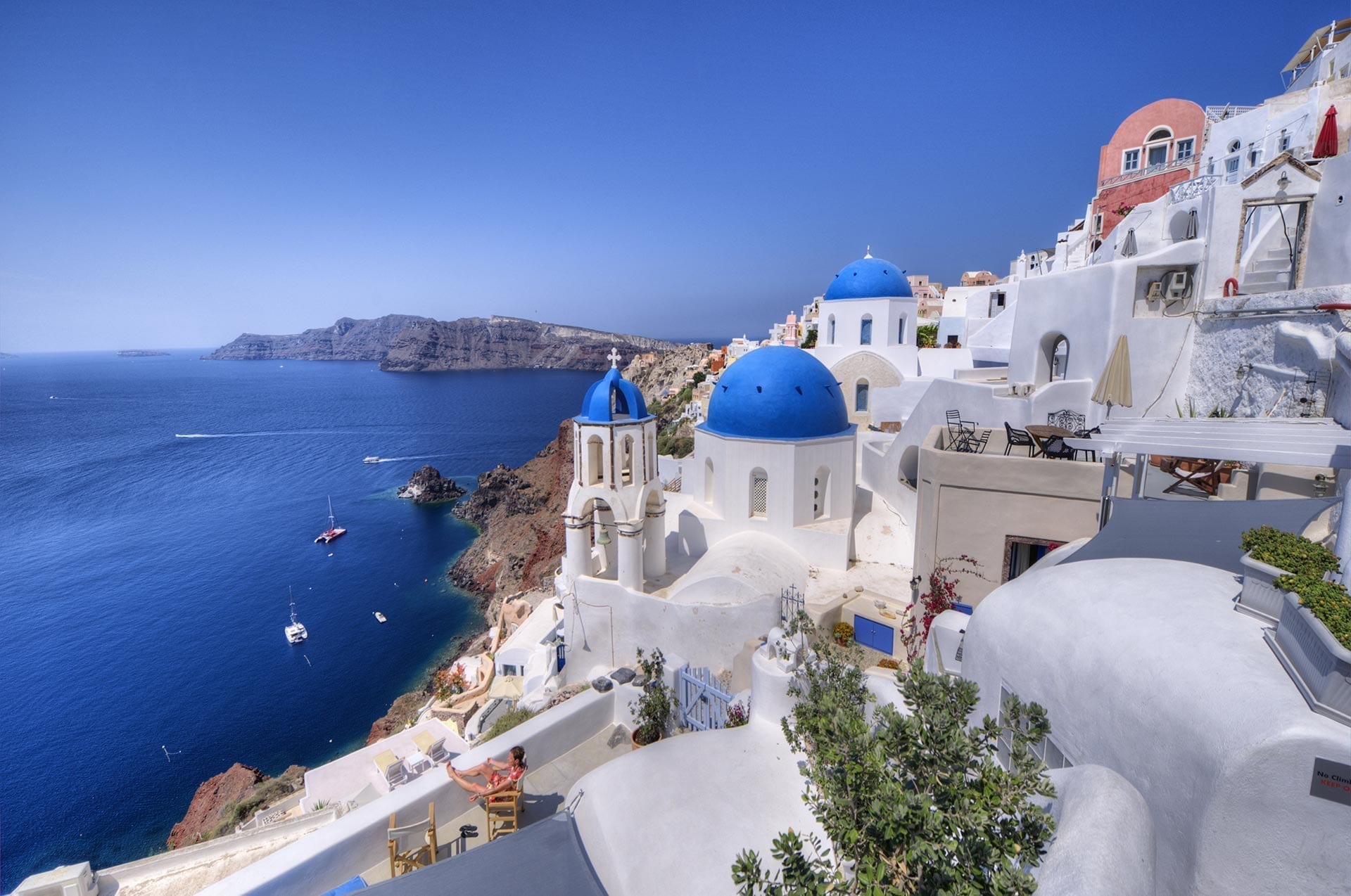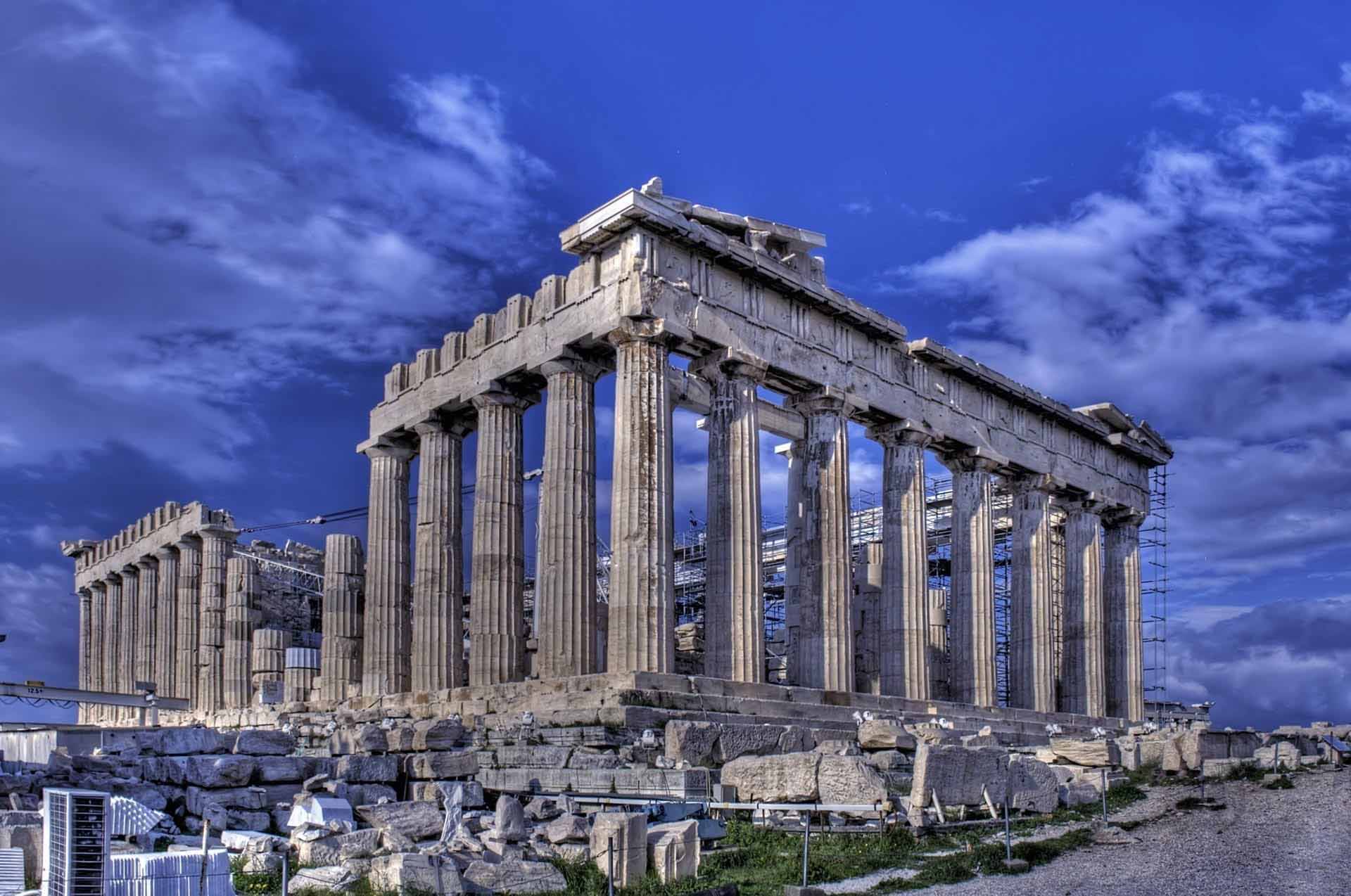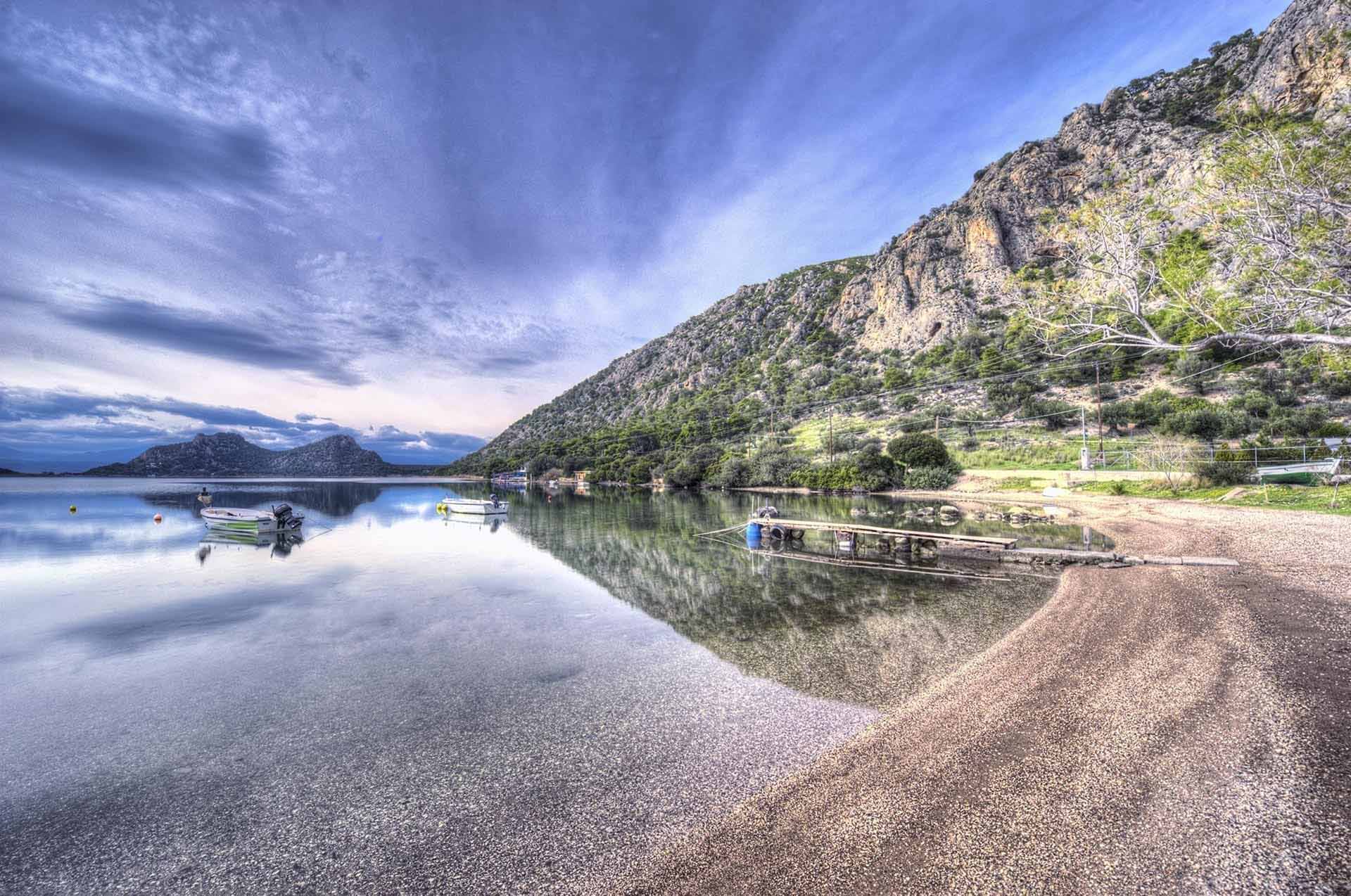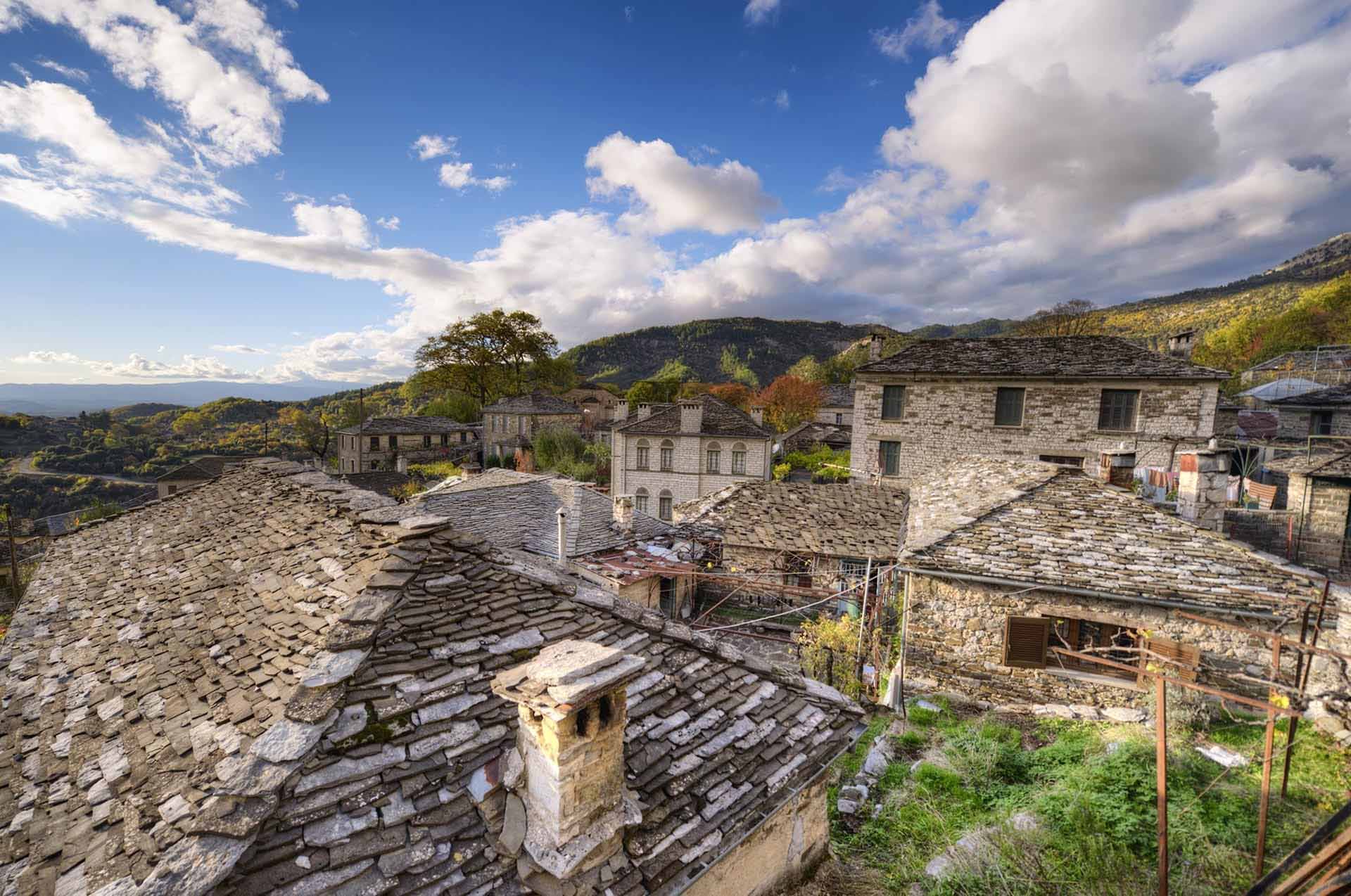On a rock, well hidden from land, lies an exceptionally well-preserved medieval castle, Monemvasia. The unique ambiance of the castle offers the visitor a journey back in time, a benchmark for his traveling experience.
“My lady Monemvasia, my stone ship. You have thousands of masts and thousands of sails. Yet you remain still, taking me on a journey throughout the world”, wrote the great poet Yiannis Ritsos about his homeland, fully illustrating the unique sensation created to those who visit it, especially if they enjoy a stay inside the castle-town. November 375 AD is a benchmark for the history of Monemvasia. It was then that the African plate moved towards the Eurasian plate and caused a devastating earthquake, over 8 Richter scale, which was accompanied by a huge tsunami. The earthquake is characterized as “universal” by the Byzantine historian Zosimos, who also noted that it affected mostly Peloponnese and especially Mani, as well as other countries in the Mediterranean, and it was meant to change the geography of the area completely. The ancient Akra Minoa (the modern Monemvasia) was cut off from land. According to Pausanias, it is when the oblong peninsula will take the form of an islet.
Its name derives from the words Moni Emvasi, meaning “a single entrance”. Throughout history, it has been given many names. In ancient times it was called ”Akra Minoa”, as described by Pausanias. Its Latin name was Malvasia or Malvasui. During the Ottoman Empire years, it was called Menekshe Kalesi (the Castle of the Violets). The travelers of the time called it Small Gibraltar. Today, its residents call it Monemvasia. This variety of names illustrates the rich history of the area, directly linked to its strategic location, as it has always been an important port on the commercial roads between the West and the East, and a crossroad of the civilizations of the Mediterranean. That is why it has always been the bone of contention for many conquerors who wanted to have it, such as the Venetians, the Franks, later the Ottomans, and of course the pirates sailing through the Aegean Sea. Its multicultural identity is even now illustrated in every corner of the castle and it creates an extraordinary aura that charms the visitor. Today, the castle-town consists of two parts, the Lower Town which has been inhabited up to today, and the Upper Town, which is uninhabited. Steps carved on the rock connect the two towns.
The Lower Town (or Old Town) is built on the southeast of the rock. Walking through its narrow cobblestoned lanes the visitor meets stone arches and old mansions, renovated with respect to their history, which still bear the crests of another time, while throughout the town there are about 40 churches. Passing the main (and only) gate of the castle, the visitor finds himself in the main street. The first street on the left leads to the family home of Yiannis Ritsos, where there is also a bust of the poet. Along the main street of the castle, which is named after the poet of “Romiosini” (a term charged with the Hellenic identity through the ages), you will find stores with souvenirs, tasteful cafés bars, and restaurants. At the main square, with the famous canon pointed at the sea, you can visit the Archaeological Museum, which was built in the 16th century and initially functioned as a mosque. Here, next to the Byzantino Boutique Hotel you can see the renowned church of Elkkomenos Christos, with its rare icons, the most important of which is the icon of the Crucifixion.
The Upper Town (or Goula) was built on a plateau at the top of the rock. This spot offered the residents of the wall shielded town even better protection in the 6th century AD when it was intensely attacked by Arabs and Visigoths. Today, the Upper Town is uninhabited. The visitor can admire a number of monuments from the several phases of its historic path. One can also marvel at the formidable church of Agia Sophia, located at the edge of a cliff, 300 meters above the Myrtoan Sea. The temple was built in the 12th century and is considered a replica of Agia Sophia in Constantinople. It is one of the most significant churches of the mid-Byzantine period in Peloponnese. The unique location of the Upper Town offers a panoramic and impressive view of the sea.

